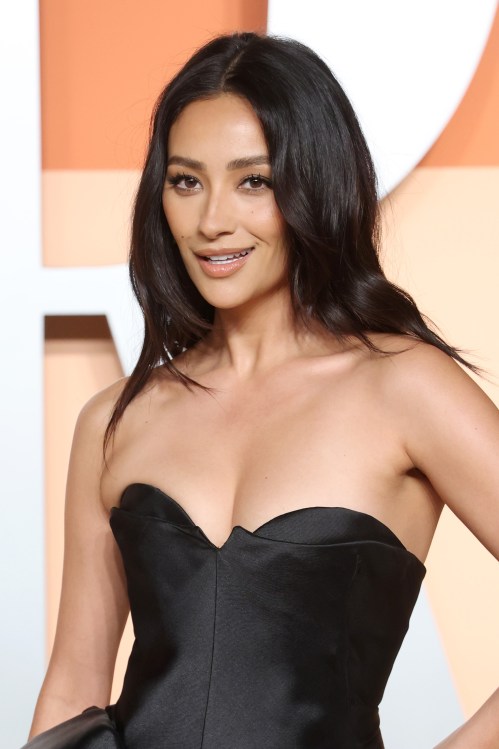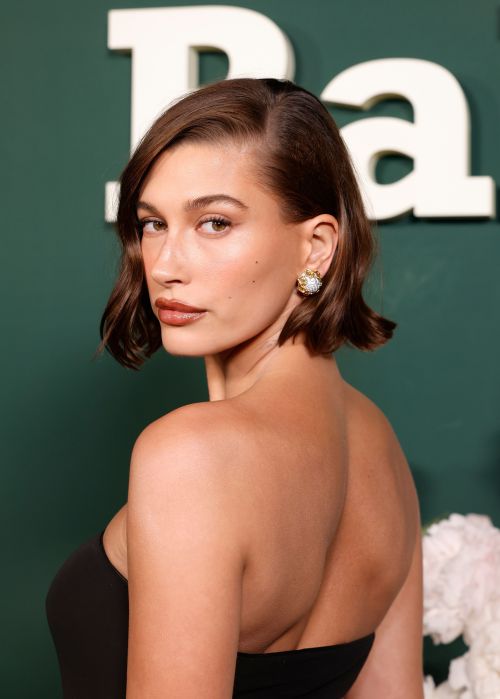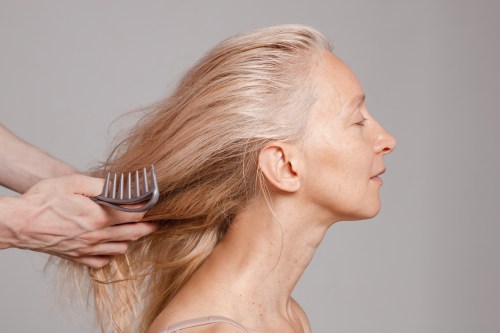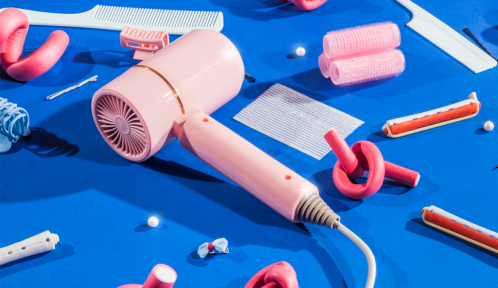Our editors independently select these products. Making a purchase through our links may earn Well+Good a commission
The 3 Things Every Solid Hair-Care Routine Should Have, According to Pro Stylists
Experts share the three elements that every hair-care routine needs for the sake of keeping your scalp and strands healthy.
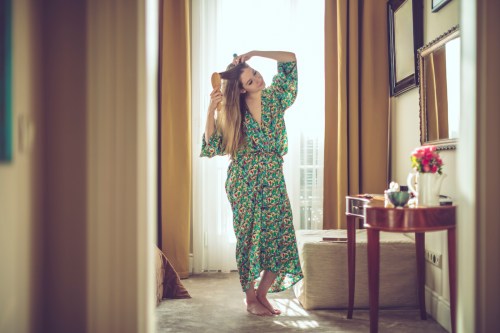
Just as we change up our skin-care routines over time, the same principle applies to our hair. “As time goes on, I’ve noticed more people are starting to realize hair care is just as important as skin care,” says Kelly Lachajewski, a stylist at Dennis Bartolomei Salon in Chicago. “Damage is inevitable for hair, so taking proper steps to maintain its health and integrity are important.”
Experts in This Article
co-founder and chief science officer at hair-care brand Function of Beauty
Kelly Lachajewski is a hair stylist at the Dennis Bartolomei Salon in Chicago.
It’s not just your strands that need a little extra love from your routine, either. “Your hair health quite literally starts at the root,” says Hien Kaplan, co-founder and chief science officer at hair-care brand Function of Beauty. “A healthy scalp impacts your overall hair health and comfort. Irritated, dry scalps are no fun.” This is where a consistent regimen comes in handy, along with hair-healthy habits like getting your fair share of protein and vitamins.
Since the needs of your hair and scalp evolve, it’s important to keep your care routine current. “Over time, our hair changes from a variety of factors like aging, after having a baby, or from prolonged color treatment,” says Kaplan. Maintaining your lush locks will help you achieve a good hair day every day. Below, experts take us back to basics when it comes to creating a daily hair-care routine.
What every hair-care routine should include
To figure out what your hair needs, consider these factors: hair type (straight, wavy, curly, coily), texture, scalp moisture, goals (e.g., repairing split ends or curl definition), and go-to hairstyle. There are countless possibilities for hair rituals, but a few basics are consistent across all hair types. And at the end of the day, says Lachajewski, “it’s better to keep it simple instead of putting product on top of product.” To do this, think of your hair-care routine as a three-step process:
1) Cleanse and condition
For a fresh start, cleansing is a no-brainer. Removing dead skin, product build-up, and sebum keeps your hair from turning into an oil slick. Just avoid washing it every day, Lachajewski says, lest you strip your strands from its necessary natural oils. “At the very minimum, find a cleansing product that works for your hair—something where, after showering and styling or air-drying, you like how your hair feels,” Kaplan says.
I’m guilty of neglecting my hair and scalp during quarantine, so I’ve been using Biolage R.A.W. Scalp Care Antidandruff Shampoo ($25), which has salicylic acid and willow bark to help fight dry shampoo build-up and a flaky scalp. If you need extra scalp care, try BOSLEYMD Rejuvenating Scalp Scrub ($28). The charcoal-based exfoliant (which you can use two or three times a month) will help get rid of any extra gunk and grime.
Next comes conditioner, which will help detangle and moisturize. “Shampoos, particularly stronger ones, strip away the hair’s natural waxes and oils which add natural condition,” Dominic Burg, trichologist and chief scientist at Evolis Professional, previously told Well+Good. “A conditioner is required to help replace those or add polymers that can replicate their effect of shine and smoothness.” If you have dry hair, he recommends a conditioner with silicones or polymers. Personally, I’m a fan of Biolage R.A.W. Scalp Care Rebalance Conditioner ($25).
2) Detangle
Days of breakage from yanking a brush through your hair are over. Post-shower, Lachajewski swears by the Sheila Stotts Removal Brush ($36) for detangling without pain or damage. “Take your time brushing out tangles,” she says. “The faster you go, the more damage and strain you cause on your hair and scalp.” And always, she says, start from the bottom up. A detangling spray, like the new Drunk Elephant Wild Marula Tangle Spray ($25), can also help. Its formula is made with marula oil, which smooths hair while also providing protection from hot tools.
3) Style
Here’s where products such as leave-in treatments and dry shampoos come into play. “For finishing and styling, we recommend using a hair serum to smooth and help enhance shine,” says Kaplan. Bonus points if it has ingredients like grapeseed oil or linseed extract, which act as heat protectants. Lachajewski recommends Iles Formula Finishing Serum ($48), a fit for all hair types. “It feeds your hair the right amount of vitamins and oils without weighing it down,” she says.
If you want to add texture to naturally wavy hair, try Drybar Seashore Spritzer Salt-Free Wave Spray ($26). Apply to damp hair and “scrunch” for a beachy texture (minus the damage hot tools can cause). And if you’re fighting off frizz? ColorProof HumidityRx Anti-Frizz Weatherproof Spray ($29) can help shield your hair from humidity.
Why the order of products matters
As with skin care, the order in which you apply hair products helps optimize their effects. While shampooing and conditioning should always be your starting point, Kaplan recommends applying your styling products from heaviest to lightest (the opposite of how you apply skin care). This way, your hair won’t get weighed down.
Take her routine as an example: After showering, Kaplan applies a leave-in treatment to her wavy, coarse hair before blow drying and using a serum for smoothness and shine. “For me personally, taking care of my scalp and hair are part of taking care of my overall well-being,” she says. All that’s left to do? A glamorous hair flip.
Sign Up for Our Daily Newsletter
Get all the latest in wellness, trends, food, fitness, beauty, and more delivered right to your inbox.
Got it, you've been added to our email list.

